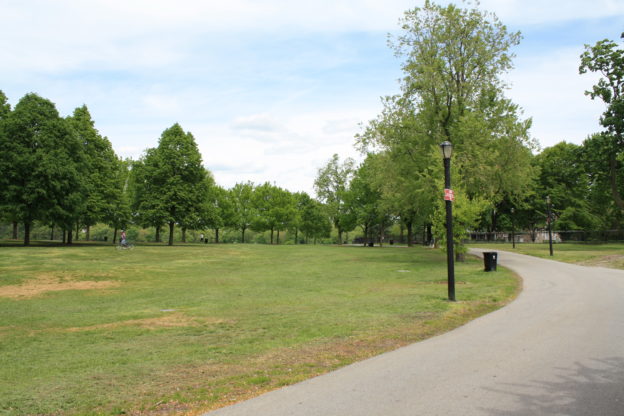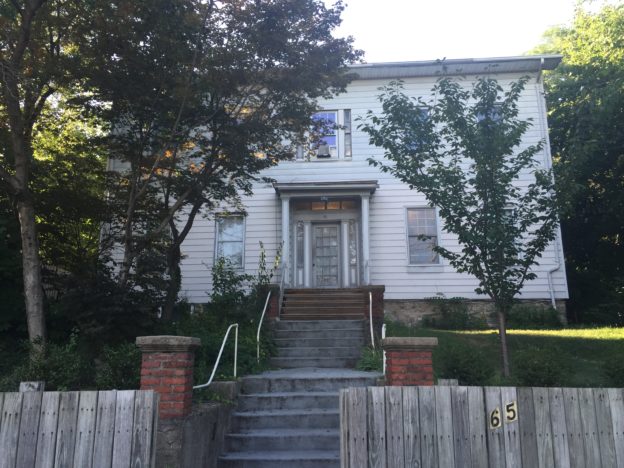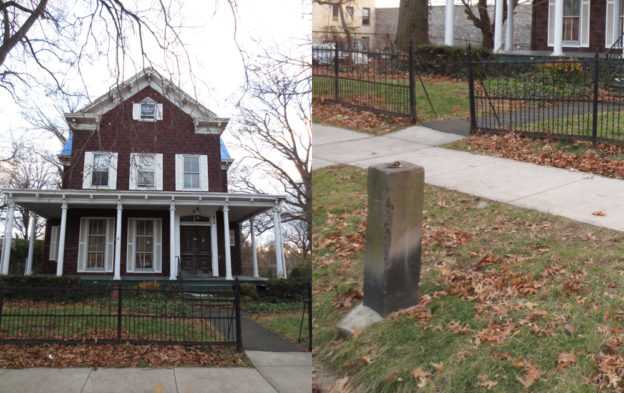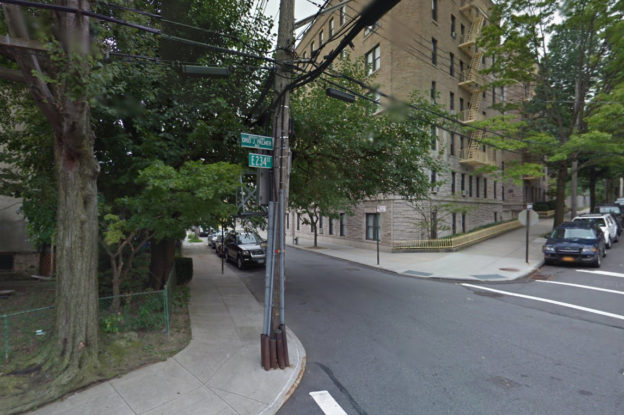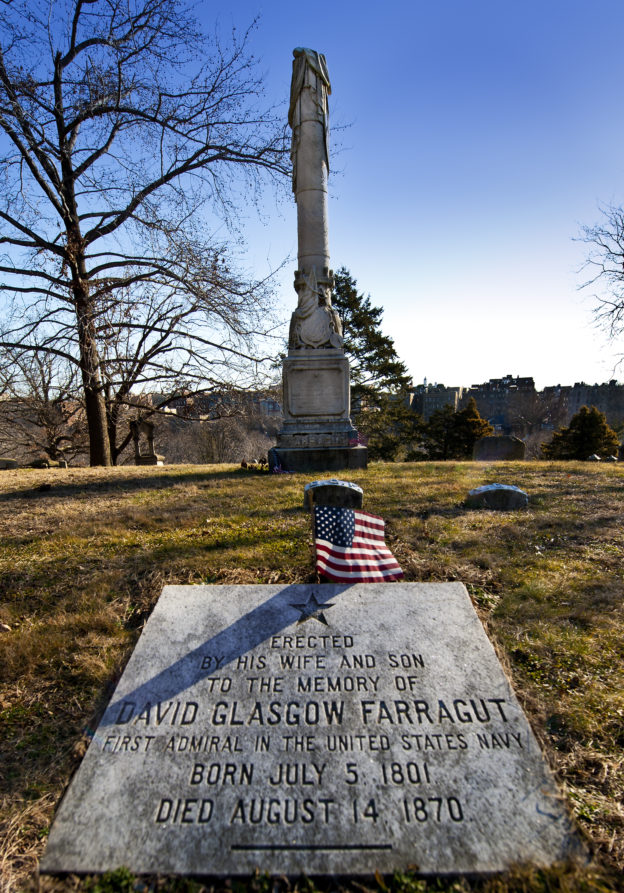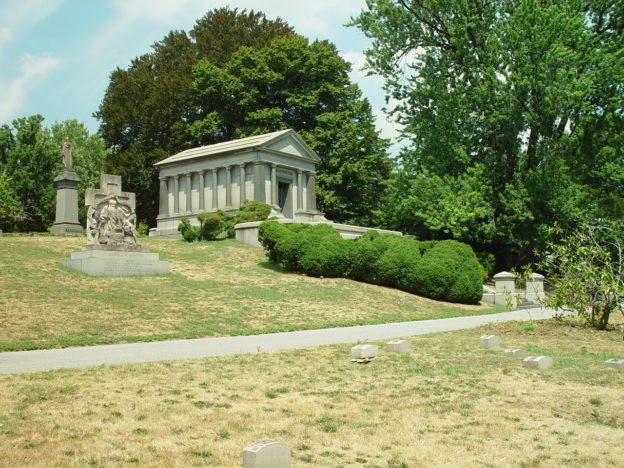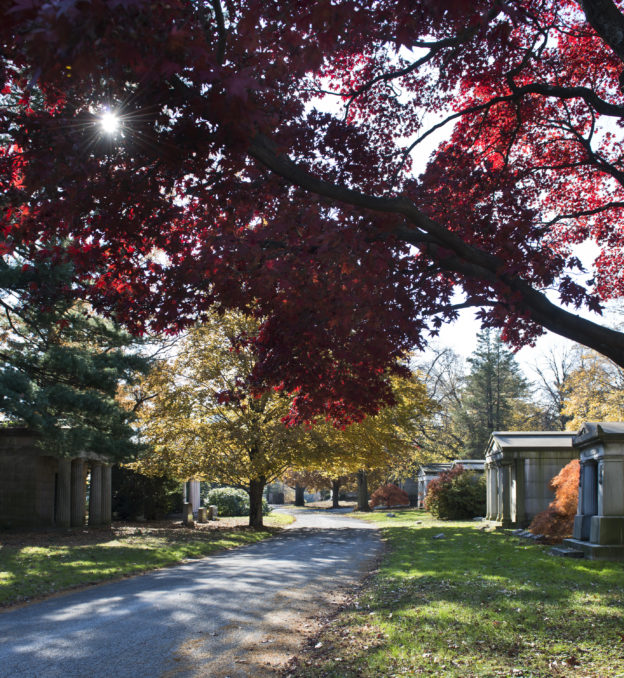1888
Van Cortlandt Park is situated in the northernmost part of the city between Yonkers and Kingsbridge. At 1,146 acres, it is the third largest public park in New York City. The current park is part of a large parcel acquired by the Dutch West India Company from the Wiechquaskeck Lenape nation in 1639. It was purchased in 1646 by Adrian Van der Donck, New Amsterdam’s first lawyer, who then sold it in 1670 to Frederick Philipse, New York’s wealthiest man. Philipse’s son-in-law, Jacobus Van Cortlandt, mayor of New York City in 1710–11 and 1719–20, purchased a part of the estate—the present park—in 1699. At that time, Tibett’s Brook was dammed to power two mills, forming the Van Cortlandt Lake, which still exists. The Van Cortlandts operated the mills and a grain plantation here to process wheat into flour, transporting these goods down the Harlem and Hudson Rivers with their own fleet of boats. Jacobus Van Cortlandt’s son, Frederick, established the Van Cortlandt Mansion in 1748, although he did not survive to see its completion. Vault Hill, a square, stone-walled structure that served as the family’s burial ground, was also constructed around this time atop Fordham Gneiss. It was here that Augustus Van Cortlandt, who was serving as City Clerk, hid the municipal records during the British occupation of New York in 1776. After 140 years, the Van Cortlandts sold the property to the City in 1888. To transform it into a park, the City filled in swamps, planted trees and added recreational facilities, including the country’s first municipal golf course in 1895. The City named the park after its former occupants in 1913.
c. 1850
This two-story structure is believed to be the oldest house in Woodlawn. It belonged to the Valentine family, who owned much of the land that became Woodlawn Cemetery. The house was once located in the present-day Van Cortlandt Park, but was moved to its current location after the city acquired the land for the park in 1888. The house features an elaborate entrance with a multi-light transom and sidelights, pilasters and a columned entrance porch. Multi-light sidelights mimicking those found around the doorway are echoed on either side of the window above the entrance on the second floor. Perched on an incline, several sets of stairs lead to the entrance, lending the symmetrical ensemble a sense of grandeur when viewed from the street.
340 East 234th Street
c. 1878
This charming building with remarkably intact historic details is believed to have originally been used as a carriage house. It features a multi-gable roof covered with slate tiles, a full-width front porch supported by Tuscan columns and brick cladding in a stretcher bond pattern. Bracketed cornices are found above the porch and along the roofline. The stately double-door entrance is topped with a fan window and a white surround. The windows on the front façade are furnished with fixed louver shutters, but the two ground-level, full-height windows are especially picturesque. The property has retained its original wrought iron fence enclosing the front yard and, at the curb, hitching posts, originally used to tie up horses and horse-drawn carriages, are an extant reminder of this house’s long history.
East 234th Street between Webster and Vireo Avenues
These two blocks of East 234th Street are named in honor of FDNY Battalion Chief Orio J. Palmer, who perished in the South Tower of the World Trade Center when it collapsed as a result of the attacks on September 11, 2001. Palmer managed to ascend to the South Tower’s 78th floor, the location of the plane’s impact, and his radio communications from those moments have provided ongoing analysis on the part of emergency personnel regarding how events unfolded that day. A Woodlawn native and graduate of The Bronx’s Cardinal Spellman High School, Palmer was hailed as a hero for rushing to the aid of those who were injured and trapped in the South Tower, providing comfort to the injured and guiding evacuees in the stairwells.
between Webster Avenue and Vireo Avenue
Peters Place, located just across from Woodlawn Cemetery, is named for Reverend Absalom Peters, a theologian and poet considered to be the “Father of Woodlawn Cemetery.” Peters was responsible for championing and campaigning for a non-sectarian, rural cemetery in The Bronx, which, he was determined would become the country’s most beautiful cemetery. Peters appealed to individuals with a sense of civic pride to support the endeavor, and assembled a committee of eight prominent New York City residents to be its first trustees. Born in 1793 in New Hampshire, he attended Dartmouth College and Princeton Theological Seminary. Peters Place is a subtle reminder of Peters’ crucial role in the establishment and development of the cemetery, which ultimately had an immense impact on The Bronx.
located between Bronx River Parkway and the Metro-North Railroad and East 233rd and East 234th Streets
c. 2001
Named for the muskrat that lives in the surrounding forested stream banks, Muskrat Cove is located just outside of the Metro-North Station parking area, and can be accessed by a paved path beyond an opening in the guardrail at the park entry. Local residents have beautified this site, cleaning up the path and planting a garden. Green Ash trees lining the pathway honor the victims of the attacks on September 11, 2001. Muskrat Cove is part of the Bronx River Greenway, a 23-mile, recreational, multi-use path that connects Bronx River communities. The path extends from the Bronx River Parkway to beneath the multi-arch Nereid Avenue Bridge.
Aurora Hill Plot
Casoni and Isola
1872
NHL, NR-P
This exquisite white marble pillar is dedicated to Admiral Farragut, a Civil War hero loyal to the Union and the first officer to hold the ranks of rear admiral, vice admiral and admiral in the United States Navy. Farragut was widely praised for his victories in the Battle of New Orleans and the Battle of Mobile Bay. After the Civil War, Farragut lived in New York City until his death in 1870 at the age of 69, and was interred at Woodlawn Cemetery. Situated on Woodlawn’s first circular mound, a gift from the cemetery, Farragut was the first person to be buried in the Aurora Hill Plot. The monument, which set an architectural standard in its day, is shaped into a broken ship’s mast and is draped with an American flag, a symbol of a life gone too soon. At the base, it is decorated with military emblems and other insignia of naval warfare: three shields, a sword, compass, sextant, block and tackle, and an anchor and rope. The pedestal bears the inscriptions for Farragut, his wife, son and daughter-in-law. The monument was manufactured by Casoni and Isola, a New York City-based firm that owned a shop on Broadway, as well as extensive marble quarries in Carrara, Italy. The firm also fabricated the Seventh Regiment Memorial in Central Park. The Admiral David Glasgow Farragut Gravesite is a National Historic Landmark and is listed on the National Register of Historic Places.
Walnut Plot
William H. Deacy
1938
This large, austere, Classical Revival style monument, set in a large lot, was designed by William H. Deacy for Philip Lehman and family in 1938, nine years before Lehman himself passed away in 1947. The simple and monolithic mausoleum is made of limestone, with a stepped roof and a recessed, bronze double door entrance. The austere and dignified design was meant to reflect Lehman’s illustrious career as a banker and financier. Philip Lehman was senior partner of Lehman Brothers, director of the F. W. Woolworth Company and a noted art collector. His son, Robert Lehman, who died in 1969, is also entombed here. Deacy worked as chief designer for Presbrey-Leland, which manufactured a great number of mausoleums and monuments in Woodlawn Cemetery. It was conveniently located just across the street from the cemetery’s main entrance.
Magnolia Plot
Robert Caterson
1891
Designed and manufactured by Robert Caterson, whose monument firm was located close to Woodlawn Cemetery, the mausoleum of Collis P. and Elizabeth Huntington is located on a hill adjacent to the main entrance to the cemetery. This enormous granite and marble Classical Revival style temple cost $250,000 and took five years to build. Its massive bronze door depicting a standing woman draped in a heavy robe was sculpted by Herbert Adams and added in 1932. The mausoleum has six Tuscan columns along each of the side façades and Tuscan columns framing the entrance. Collis P. Huntington was one of the Big Four who were responsible for developing the transcontinental railroad system in the United States. Befitting a railroad magnate, its grand double-flight staircase was inspired by one in New York’s Pennsylvania Station.
517 East 233rd Street
Founded 1863
NHL, NR-P
Woodlawn Cemetery is considered to be one of the most beautiful cemeteries in the United States. Roughly bounded by East 211th Street to the south, East 233rd Street to the north, Webster Avenue to the east and Jerome Avenue to the west, the cemetery encompasses 400 acres. Founded in 1863, its location was considered remote enough for a burial site, but still accessible via the New York and Harlem railroad from Manhattan. The development of the cemetery in this relatively rural area followed the New York Legislature’s 1847 Rural Cemeteries Act, which authorized commercial burial grounds and encouraged the establishment of such resting places outside of the growing city, as well as an 1852 law prohibiting burials within the city limits by the Common Council of New York City. Woodlawn Cemetery was designated a National Historic Landmark in 2011, and bears the distinction of containing the largest architecturally significant collection of historic private mausoleums (1,271) of any cemetery in the country.
Continuing Reading

